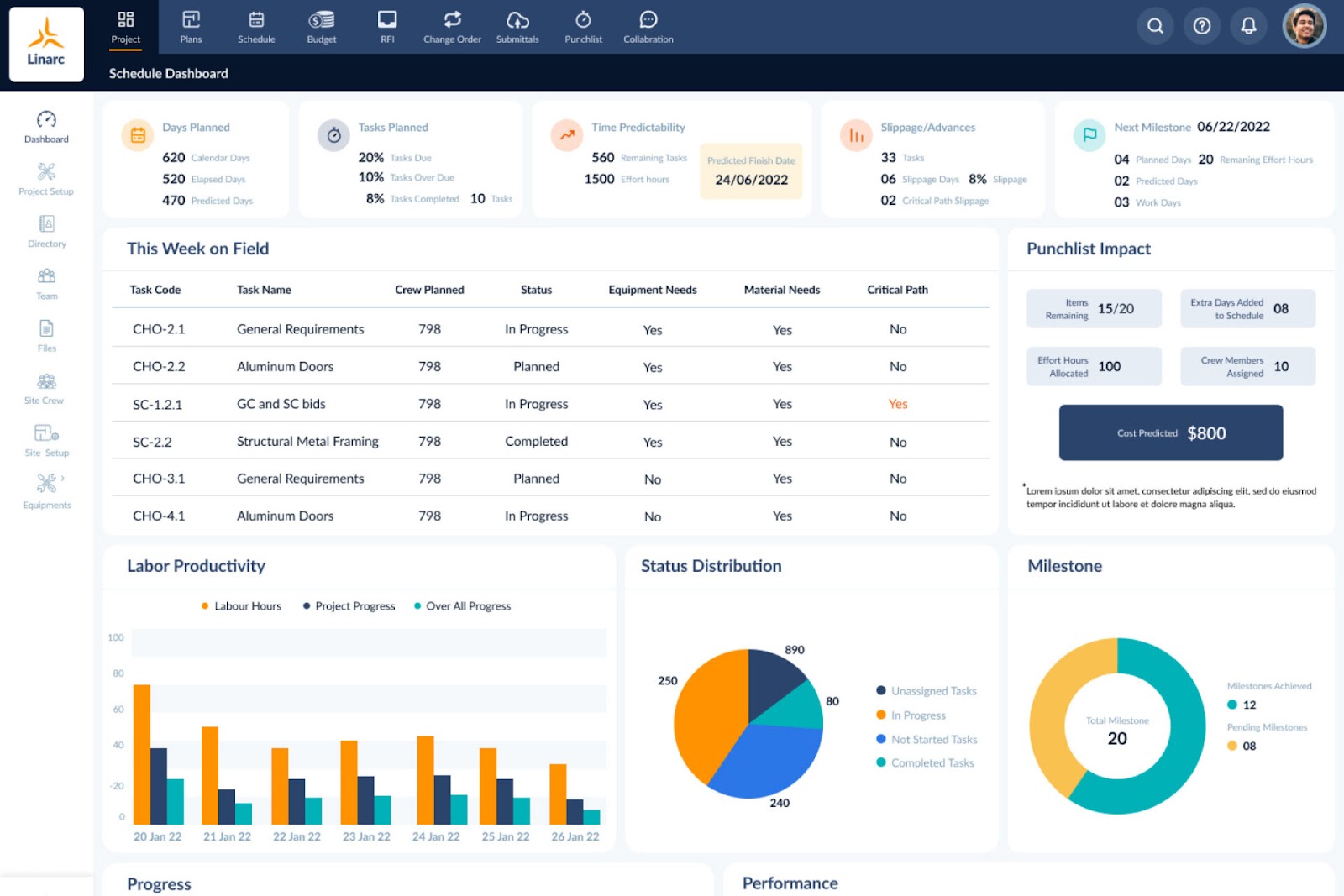
Construction software can be expensive. ERPs (Enterprise Resource Planning), CRMs (Customer Relationship Management), and CMSs (Construction Management Software) can cost contractors over $100,000 annually. This does not include the cost of dozens of additional tools and construction applications, such as reality capture applications, scheduling platforms, and quality control apps, or the cost of training and implementation.
To offset these costs, many contractors have added a "technology" line item to their project budgets. These fees typically range from $500 to $2,500 per month, depending on the contractor's size, the project's complexity, and the technology involved. Most clients accept these fees as a standard cost of doing business, and very few are pushing back.
Getting Your Construction Software for Free
If you are strategic with your technology budget, your clients can help you drastically reduce your technology overhead. With enough active projects, you can spread the cost across your portfolio, effectively covering your software expenses entirely.
Let’s run the numbers:
- CMS: $5,000/month
- ERP: $4,000/month
- CRM: $1,500/month
- Misc. Software: $1,500/month
= $12,000/month ($144,000 annually)
If you charge 12 projects a $1,000/month technology fee, you will break even and enjoy the benefits of these powerful platforms without any net cost—an impressive ROI!
[Pic- Schedule + budget cost tracking screen]
Generating Revenue from Your Construction Software
Now, let’s take this a step further.
Suppose you reduce your technology expenses to $10,000/month and grow to 15 active projects. Charging a $1,000/month technology fee per project would generate $15,000/month, creating a $5,000 monthly surplus.
That adds up to $60,000 annually in additional revenue.
While $60,000 may not radically impact a mid-sized contractor’s bottom line, the bigger picture is compelling: by incorporating a technology fee, you can shift from spending $144,000 per year to making $60,000—a $204,000 swing!
Adding more projects or slightly increasing the technology fee per project would drive even greater returns. However, to justify this investment, it is important to create real value for clients.

Creating Value for Clients with Technology
Technology cannot exist for its own sake; it must be useful and mutually beneficial for contractors and their clients. Otherwise, clients will push back on this line item and cite that it’s the cost of doing business for you, instead of them.
Here are examples of how construction technology creates real ROI for developers and building owners:
- Clash Detection and Prevention: Reduces costly project delays and budget increases by identifying design conflicts early.
- Reality Capture: Allows clients to digitally walk the jobsite from anywhere, saving time and travel expenses.
- Client Dashboards: Provide real-time visibility into project budgets, schedules, open RFIs, and more, improving transparency.
- Synced Drawings & Documentation: Ensures everyone is working from the same specifications and drawings, preventing rework and delays.
- Digital Scheduling: Identifies potential delays earlier, reduces material delivery issues, and optimizes critical path planning.
- Digital RFIs and Submittals: Streamlines approval processes and minimizes manual data entry errors that can cause costly bottlenecks.
- Digital Punch Lists: Expedites project closeout with clearer communication and precise task tracking.
- Digital Owner "Binders": Provides searchable, digital documentation of warranties, manuals, and as-builts, eliminating cumbersome physical binders that no one wants nowadays.
Overall, technology reduces risk, minimizes change orders, and delivers a more realistic and predictable project cost. It also saves time, allowing owners to occupy and monetize their buildings sooner.
Today’s owners expect a modern, digital construction experience. In many ways, every company, including contractors, is now a technology company. Owners are not resisting technology line items because they understand that technology maximizes their investment while minimizing their risk.
If you leverage construction software strategically and transparently, your clients will not only pay for it, they will demand it.
Want to Discuss?
Talk to our team about how Linarc can help you streamline your field and office operations, get proactive managing your construction company, and start thriving.


.webp)
.webp)
.webp)

